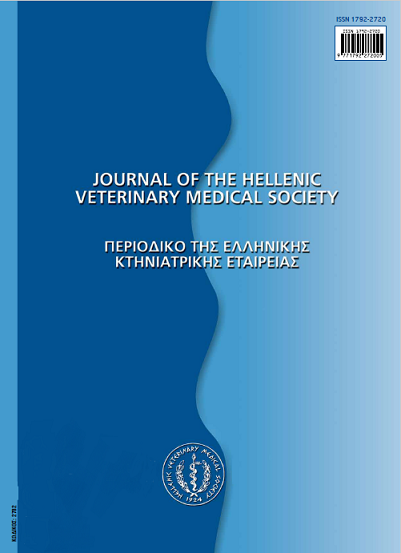Environmental toxic Endocrine Disrupting Compounds (EDCs): Effects on environment, animal production and human

Abstract
Endocrine disrupting compounds (EDCs) encompass a variety of chemical classes, including several different categories of substances. Some are natural, such as plant oestrogens and mycoestrogens, while most are chemically composed. Residues are found in water, in sewage sludge, in the atmosphere and in foodstuff of vegitative or animal origin. The most common compounds include organochlorine pesticides, alkyl phenols, pthalates, polychlorinated biphenyls (PCBs), dioxins and polybrominated diphenyl ethers (PBDEs). Their properties render some as ubiquitous and persistent in the environment, they can be transported long distances and have been found in virtually all regions of the world. Their sources can vary from direct, such as effluents from wastewater, sewage, industrial sludge processes or agricultural effluents, to indirect, such as filtering agricultural soils, transportation through rain or air from civil and industrial centers to rivers and the surrounding environment. Others are rapidly degraded in the environment or human body or may be present for only short periods of time, but at critical periods of development. Although in low concentrations, the continuous exposure of animals of many species, including humans, induces adverse effects, such as disruption of reproductive function and of the immune system, as well as carcinogenic effects. The effects are obvious in wildlife, especially fish, and laboratory experiments. Sex change (feminizing) in fish has been observed, sexual differentiation in rats, egg shelling thinning, thyroid function disruption and mental and physical function disruption in wildlife. Most important and common is the disruption in the reproductive and the immune system of animals. As far as humans are concerned, reduction in sperm count and sperm quality has been heavily linked with EDC exposure, and furthermore, suspicions arise linking several cancer incident increments, such as testicular cancer, to EDC exposure. Still, although it is clear that many environmental chemicals can interfere with normal hormonal processes, there is weak evidence that human health can be adversely and directly affected by exposure to endocrine active chemicals. However, there is sufficient evidence to conclude that adverse endocrine mediated effects have occurred in wildlife species and laboratory studies exist to support these conclusions. The routes of exposure are numerous. Food is a common route of exposure, especially in younger animals that consume food containing higher fat percentages (e.g. milk). Soil is another route of exposure. Thus grazing animals tend to have a higher risk factor, due to surface soil pollution with EDCs. A vegetative nutrition with EDC residues is another high risk factor for these animals. On the other hand, animals bred with forage tend to be at lower risk factor, given that food is tested for low levels of EDCs. Water intake is not considered a significant route of exposure. EDCs possess the ability to act as either hormone agonists or antagonists or disrupt hormone synthesis, storage or metabolism. Due to their persistence in the environment, they are concentrated in fat tissue and are released when the fat is mobilized during
pregnancy or lactation, thus exposing embryos and neonates, which are very susceptible at this stage of development, to high concentrations of EDCs. The concerns that arise regarding the exposure to these EDCs are due primarily to:
- these adverse effects observed in certain wildlife, fish and ecosystems
- the increased incidences of certain endocrine-related human diseases and
- endocrine disruption resulting from exposure to certain environmental chemicals observed in laboratory experimental animals.
Article Details
- How to Cite
-
DOSIS (Ι. ΔΟΣΗΣ) I., & KAMARIANOS (Α. ΚΑΜΑΡΙΑΝΟΣ) A. (2017). Environmental toxic Endocrine Disrupting Compounds (EDCs): Effects on environment, animal production and human. Journal of the Hellenic Veterinary Medical Society, 58(4), 321–334. https://doi.org/10.12681/jhvms.15002
- Issue
- Vol. 58 No. 4 (2007)
- Section
- Review Articles
Authors who publish with this journal agree to the following terms:
· Authors retain copyright and grant the journal right of first publication with the work simultaneously licensed under a Creative Commons Attribution Non-Commercial License that allows others to share the work with an acknowledgement of the work's authorship and initial publication in this journal.
· Authors are able to enter into separate, additional contractual arrangements for the non-exclusive distribution of the journal's published version of the work (e.g. post it to an institutional repository or publish it in a book), with an acknowledgement of its initial publication in this journal.
· Authors are permitted and encouraged to post their work online (preferably in institutional repositories or on their website) prior to and during the submission process, as it can lead to productive exchanges, as well as earlier and greater citation of published work.


